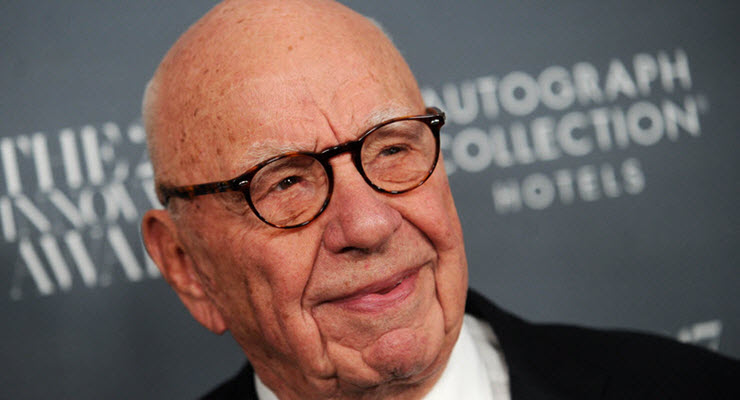
Whoever got Nine boss Hugh Marks (was this an inside job?) has played into the hands of News Corp, which has a major commercial interest in undermining Marks and Nine.
Besides overseeing the surprise rise in revenues and profits in the first months of 2020-21, Marks has positioned Nine’s Stan video streaming service (SVOD) as the second largest in Australia after Netflix.
Nine said earlier this year that Stan had more than 2 million of the almost 9 million SVOD subscribers in Australia.
In fact, Nine Entertainment is now the most profitable Australian media company — something which galls News Corp, where earnings and political and business influence are the KPIs that matter to the ambitious.
Kevin Rudd’s petition complaining about News Corp’s growing influence in Australian politics and life presupposes that News is a financial giant.
It isn’t.
Its most viable business is the 61%-owned real estate listings group, REA. The 65%-owned Foxtel owes News $900 million in debt advanced to the pay TV operator in 2019 to keep it afloat.
News Corp’s Australian newspapers are losing revenue, and profits are non-existent. In fact the September quarter report from News revealed a 20% slump in revenue. Some of that was self-inflicted from the closure and cuts to regional and local papers that will cost News more than $150 million.
It is clear that Nine under Marks has managed the integration of Fairfax Media’s papers and Macquarie radio network well — unlike News, which is still chopping costs and staff numbers and depending more and more on revenue from digital subscriptions (which have grown solidly to nearly 700,000).
And while Nine’s sudden surge in revenue and profits are temporary because of the impact of COVID-19 and delays to cost payments, Marks leaves Nine in the strongest position of all local media, and on the cusp of perhaps the most dangerous challenge of all: a direct attack on News Corp’s sports monopoly.
Marks has taken Nine and Stan into sports streaming. The company nabbed Rugby Union from Foxtel on a three-year, $100 million deal, and late last week revealed it has secured the streaming rights for Wimbledon and the French Open from next year.
At the same time, Foxtel has failed badly at streaming and mobile video. Its Presto joint venture with Seven West Media fell over four years ago, and while streaming service Binge had 321,000 subscribers at the end of September, its Foxtel Now services is fading.
The Kayo sports streaming service has built its numbers to 681,000 from 430,000, an impressive rise after a big slump earlier this year when major sport was delayed by the pandemic. But Foxtel’s commercial subscriber numbers (pubs and clubs) are still weak — 205,000 at the end of September, down from 385,000 a year ago. More are rejoining as they re-open.
Of course, the core of Foxtel is household subscribers. They generate the highest returns, but numbers fell 10% in September, and have been falling for several years.
Stan’s 2 million plus subscribers now outnumber Foxtel’s 1.85 million. It’s also much more than the 1.31 million total subscribers to Foxtel Now, Kayo and Binge.
Marks told the Nine papers on Monday that he had decided to depart once he got the company and the Nine network into its new offices and studios in north Sydney. That has now happened, but Marks said he hadn’t set a date.
Did someone in Nine help him on his way? If they did, it has weakened the company just as the company was on the cusp of overtaking News Corp as the dominant force in Australian media.








Hmmmm, crikey